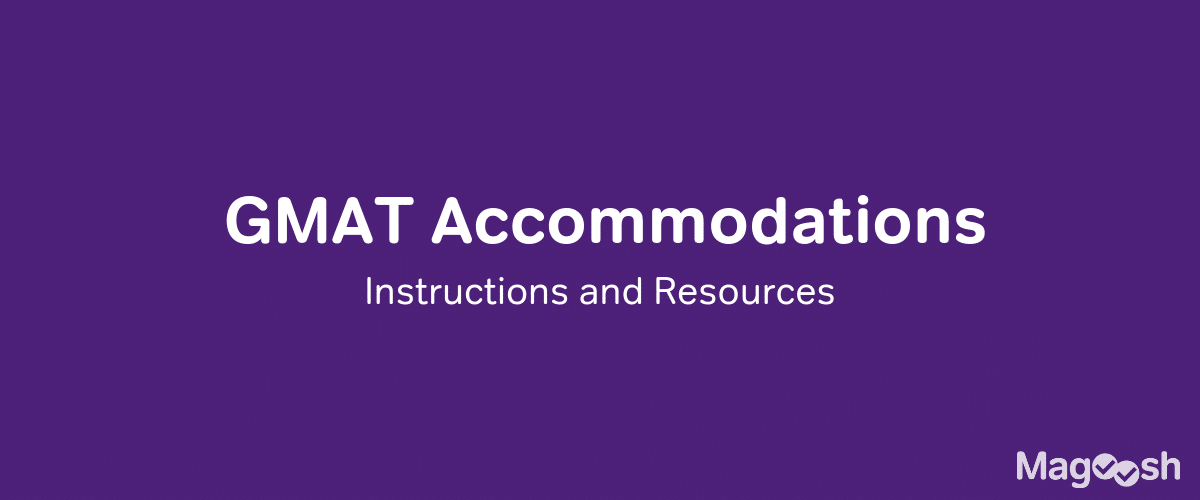Parallelism can come in many forms on the GMAT. Here are five famous passages: see if you can identify all the parallel structures, and below, I’ll discuss them. (Kudos, also, for recognizing the sources!) Each quote is preceded by a difficulty rating, assessing how hard it is to identify the parallelism in that quote.
The Sentences
1) Easy:
It was the best of times, it was the worst of times, it was the age of wisdom, it was the age of foolishness, it was the epoch of belief, it was the epoch of incredulity, it was the season of Light, it was the season of Darkness, it was the spring of hope, it was the winter of despair…
2) Easy:
Friends, Romans, countrymen, lend me your ears;
I come to bury Caesar, not to praise him.
3) Medium:
We hold these Truths to be self-evident, that all Men are created equal, that they are endowed by their Creator with certain unalienable Rights, that among these are Life, Liberty, and the pursuit of Happiness
4) Challenging:
As kingfishers catch fire, dragonflies draw flame;
As tumbled over rim in roundy wells
Stones ring;
5) Quite difficult:
This is the use of memory:
For liberation — not less of love but expanding
Of love beyond desire, and so liberation
From the future as well as the past.
Sentence Analysis
1) Charles Dicken‘s effective use of an extended series of parallels has made this opening line to Tale of Two Cities one of the most famous novel openings of all time. The obvious parallels:
best of times // worst of times
age of wisdom // age of foolishness
epoch of belief// epoch of incredulity
season of Light // season of Darkness
the spring of hope // the winter of despair
At the risk of belaboring an obvious point, I will say: parallel structures must have the same grammatical form, and it underscores the parallelism if the same words appears both terms. We will return to that idea below.
2) Again, very famous: the opening of Marc Antony’s funeral oration for his friend Julius Caesar, in Shakespeare‘s play of the latter’s name (III, ii, ll. 52-53). First of all, the second line contains the two verbs in parallel:
to bury // to praise
Parallel structures must have the same grammatical form: here, both verbs are infinitives. That’s a crucial idea on GMAT Sentence Correction. The first line contains what some might consider a special case of parallelism: three words in a row for the same thing: “Friends, Romans, countrymen.”
3) Some of the most famous words in political philosophy ever written: the opening of the second paragraph of the US Declaration of Independence, written by Thomas Jefferson. Here, the parallel structures are subordinate clauses that act as nouns:
// that all Men are created equal
// that they are endowed by their Creator with certain unalienable Rights
// that among these are Life, Liberty, and the pursuit of Happiness
The important takeaway for GMAT Sentence Correction: parallel structures can be simple nouns or verbs, or they can be entire clauses – in fact, that kind of parallel structure is more common in GMAT Sentence Correction questions.
4) This is opening line of a sonnet by poet Gerard Manley Hopkins. The parallel phrases are connected by the conjunction “as”.
// kingfishers catch
// dragonflies draw
// stones ring
What’s very important here is the last parallel. The first two are in the form [noun][verb], so the third should be in that form as well. That’s why “tumbled” cannot be part of the parallel: the third parallel should involve a verb, not a participle. On the GMAT, in correct parallel structure, every element must have exactly the same grammatical structure. That is an idea tested again and again on Sentence Correction.
5) This very difficult passage is from “Little Gidding“, III, ll. 161-164, the fourth of T.S Eliot‘s Four Quartets. Few people can understand this passage entirely after only one reading. This is considerably harder, and considerably more philosophically slanted, than anything you will see on the GMAT. The basic principles, though, still hold. Eliot, always precise, alerts us to the parallel structure by using the same preposition, “of”, for both terms:
//the use of memory [is] for liberation
//[the use] of love [is for liberation]
This is an extreme example, but using the right word or phrase in the second element implies a full parallel structure to the first element: that is a pattern you may see on harder GMAT Sentence Correction problems – though not as hard as this. Is the use of memory for liberation? Is the use of love for liberation? Those are extra credit questions left to the reader ;). Below, though, is a bonafide GMAT Sentence Correction practice question.
Sentence Correction Practice Question:
Dante Rossetti and his colleagues, in calling their group the Pre-Raphaelite Brotherhood, sought a return to the classical ideals of painting that held sway before Raffaello, to what governed the work of 15th century artists such as Sandro Botticelli.
(A) Raffaello, to what governed the work of 15th century artists such as Sandro Botticelli.
(B) Raffaello, artistic principles that were governing the work of 15th century artists such as Sandro Botticelli.
(C) Raffaello, governing the work of 15th century artists such as Sandro Botticelli.
(D) Raffaello by which the work of 15th century artists such as Sandro Botticelli was governed.
(E) Raffaello that had governed the work of 15th century artists such as Sandro Botticelli.
Answer and Explanation
Here, the sentence is constructing a parallel structure between “the classical ideals of painting” and “what governed the work of 15th century artists.”
In choice (A), both of those are objects of the same preposition, “to” (the same trick used by T. S Eliot above). Here, “classical ideals” is a noun, and “what governed the work of 15th century artists” is a subordinate clause that acts like a noun, so that’s legitimate for parallelism. None of the other four answer choices execute the parallel structure correctly.
In addition, (B) has a verb with a funny awkward tense “were governing.”
(C) makes no attempt to complete the parallelism.
Choices (D) and (E), lacking the comma, suggest that Raffaello, rather than “classical ideas” is the object of reference for the clause that follows. For a variety of reasons, (A) is the best answer.






Leave a Reply